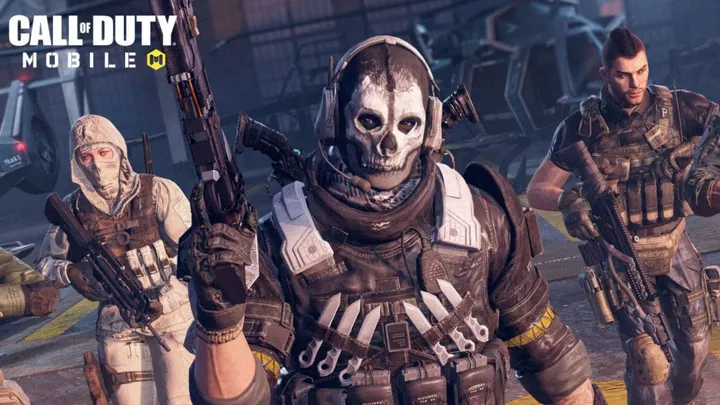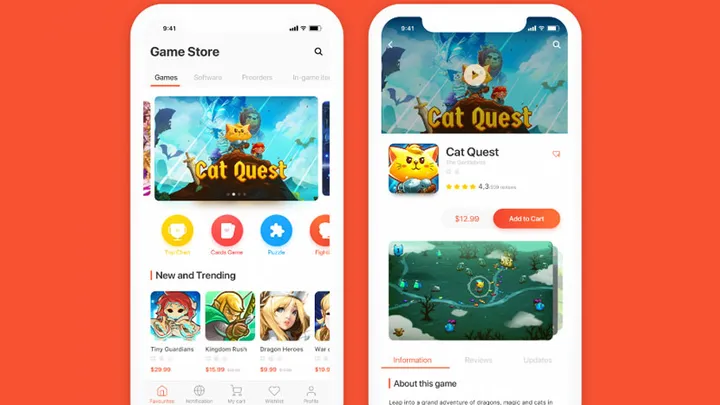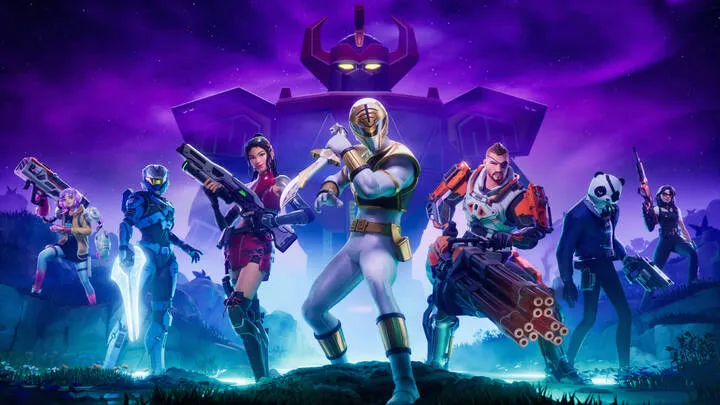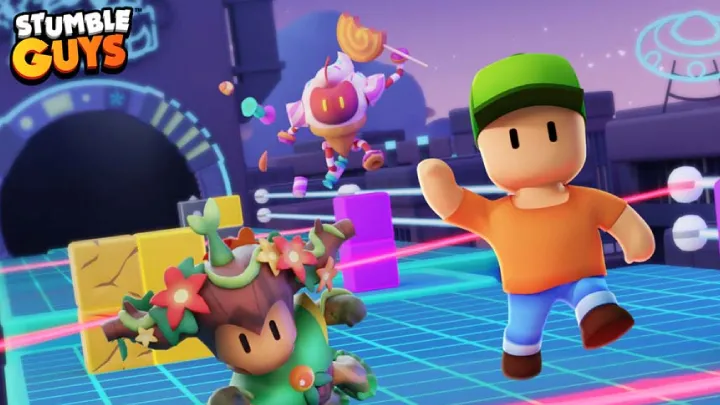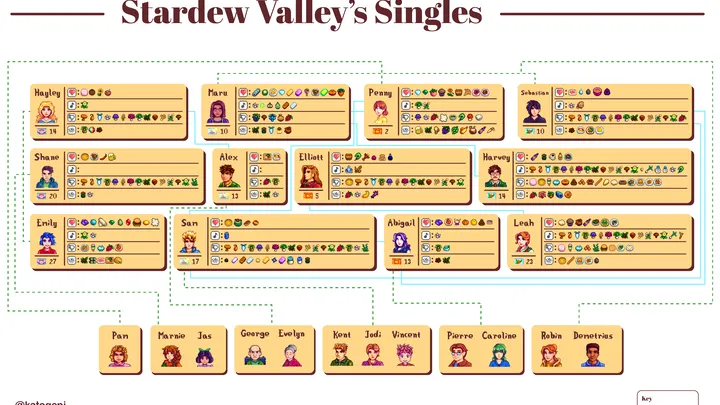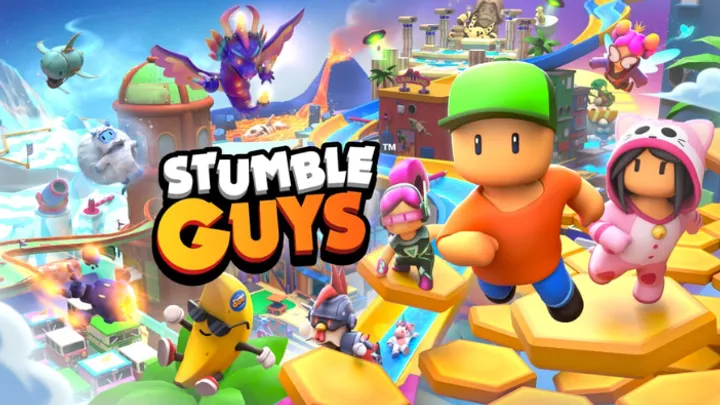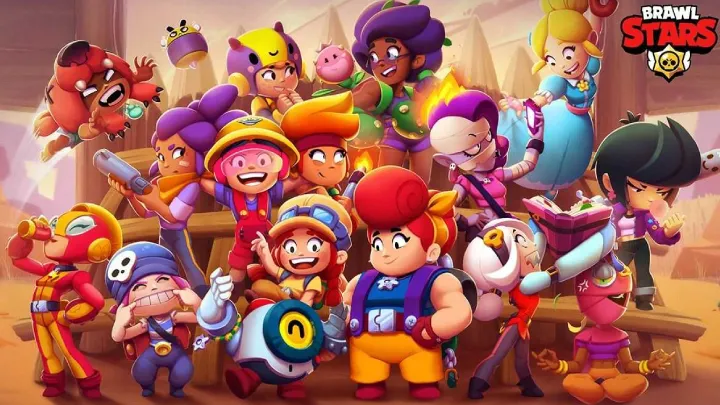Hollow Knight: Gods & Nightmares, a thematic expansion tied closely to the Godmaster content, is not just about new bosses or lore. Instead, it is about pushing players to their limits through the Pantheon system, where endurance, skill, and patience merge into a marathon of boss fights. This issue—how difficulty, repetition, and mental stamina shape the experience—is one of the most debated aspects of Hollow Knight’s late-game design. In this article, we will explore this challenge in detail, step by step, from how Pantheons begin to why the most committed players embrace, or reject, their grueling design.
The Nature of Pantheons in Gods & Nightmares
Pantheons are gauntlets of boss encounters strung together without checkpoints. Unlike earlier Hollow Knight fights where retrying a boss is quick, Pantheons demand endurance: you must clear multiple fights in a single run. This transforms boss fights from isolated challenges into tests of stamina.
The Pantheon of Hallownest, in particular, forces players through nearly every boss in the game, culminating in Radiance-like encounters. The scale of this trial has made it infamous—some players call it the peak of Hollow Knight, while others see it as inaccessible to most.
Key Feature of Pantheon Design
- Consecutive boss fights without safety nets
- Damage carries over between battles
- Difficulty scaling with modifiers such as bindings
Why Endurance Defines the Challenge
What makes Pantheons unique isn’t just difficulty—it’s endurance. In normal gameplay, learning a boss is a quick cycle: fail, retry, improve. In Pantheons, failure late in a run means replaying dozens of earlier bosses before you can practice the one that defeated you.
This creates frustration but also a heightened sense of reward. Beating the Pantheon isn’t just about skill—it’s about mental resilience. Only players willing to endure repetition and fatigue succeed.
Tip: Treat Pantheon runs like marathons, not sprints. Stamina management is as important as reflexes.

The Psychology of Repetition and Failure
Pantheons highlight how players handle failure. A single mistake against Nightmare King Grimm at the end of a 30-minute run can erase all progress. For some, this fuels determination. For others, it leads to burnout.
The psychology here is fascinating: the more time invested in a run, the heavier the emotional toll of failure. This creates a tension between persistence and exhaustion. Hollow Knight’s design intentionally exploits this, crafting not just a mechanical challenge but a psychological one.
Coping Strategies
- Take breaks after failed attempts
- Focus on improving one boss at a time
- Celebrate small improvements in consistency
The Role of Boss Variability
Not all bosses test players equally. Some, like Hornet or the Mantis Lords, are predictable. Others, like Pure Vessel or Radiance, require near-perfect execution. The variability in difficulty spikes within Pantheons is a point of contention.
For many, the uneven distribution of challenge is more exhausting than the length itself. Beating weaker bosses repeatedly to reach stronger ones becomes a tedious prerequisite rather than fun practice.
Examples of Difficulty Spikes
- Brothers Oro & Mato: Manageable but punishing when careless
- Nightmare King Grimm: Demands focus, rhythm, and precision
- Absolute Radiance: The ultimate test of movement and nerves
The Binding System and Self-Imposed Pain
Pantheons include bindings—optional restrictions like limiting health, removing charms, or reducing nail damage. These serve as additional layers of challenge, pushing players into extreme scenarios.
For completionists, bindings transform endurance into near-impossible feats. The pride in finishing Pantheon runs with bindings is immense, but so is the frustration. Many players abandon the attempt entirely after weeks of practice.
Tip: Approach bindings gradually. Don’t attempt all at once—master one restriction before layering more.

The Community Debate Around Accessibility
Gods & Nightmares sparked debates about whether this level of difficulty is fair or elitist. Some argue that the Pantheons represent the true “final exam” of Hollow Knight, rewarding mastery. Others claim that locking lore and endings behind extreme difficulty gates players out.
Community forums highlight two camps:
- Endurance enthusiasts: View Pantheons as the perfect culmination of Hollow Knight’s design
- Casual players: Feel alienated, unable to experience full storylines
This accessibility debate remains one of the game’s most polarizing issues.
Strategies for Success in Pantheons
While no shortcut replaces practice, strategies exist to increase chances of success.
General Tips
- Optimize charms for survivability (Quick Focus, Mark of Pride, Shaman Stone)
- Practice bosses individually before attempting full Pantheon runs
- Learn efficient soul management to heal between fights
Advanced Strategy
Some players adopt “mental segmenting”: breaking the Pantheon into psychological checkpoints (first 10 bosses, mid-bosses, final bosses). This reduces fatigue and provides mini-goals.
The Issue of Time Commitment
Pantheon runs can last 30–45 minutes, with only failure as an endpoint until you succeed. For players with limited time, this creates a barrier. Unlike shorter challenges, Pantheons demand sustained focus that not everyone can provide.
This time commitment exacerbates frustration: the more hours sunk into failed runs, the less willing casual players are to continue. For hardcore fans, however, this time sink is precisely what makes victory meaningful.
Tip: Schedule runs when you have energy and patience—never force attempts while tired.
Gods & Nightmares as a Test of Mastery
Ultimately, Pantheons and their difficulty embody Team Cherry’s philosophy: mastery is earned, not given. By enduring long runs, learning every boss pattern, and conquering fatigue, players prove complete control over Hollow Knight’s mechanics.
This turns Pantheons into a badge of honor within the community. Players who beat Absolute Radiance at the end of the Pantheon of Hallownest are celebrated not only for mechanical skill but for enduring one of the toughest trials in modern gaming.
Reward Beyond Victory
The sense of accomplishment is unrivaled. Even those who never complete the Pantheon acknowledge its symbolic role as Hollow Knight’s final wall.

What the Future Could Learn from Gods & Nightmares
The Gods & Nightmares issue—balancing extreme challenge with accessibility—provides lessons for future titles like Silksong. Developers may consider how to balance mastery-focused trials with ways for casual players to experience story content.
Possible improvements:
- Optional checkpoints or practice modes for Pantheon-like content
- Scaled versions of gauntlets to cater to different skill levels
- Non-essential lore locked behind extreme challenges, preserving both inclusivity and difficulty
Conclusion
Hollow Knight: Gods & Nightmares pushes players to the limits of endurance, creating one of the most polarizing challenges in modern gaming. Through Pantheons, it transforms boss fights into marathons of skill and stamina, testing not only mechanics but the psychology of repetition and failure. For some, this is the pinnacle of achievement; for others, a wall too high to climb. Whether loved or hated, it defines Hollow Knight’s legacy as a game where triumph is as much about endurance as skill.










